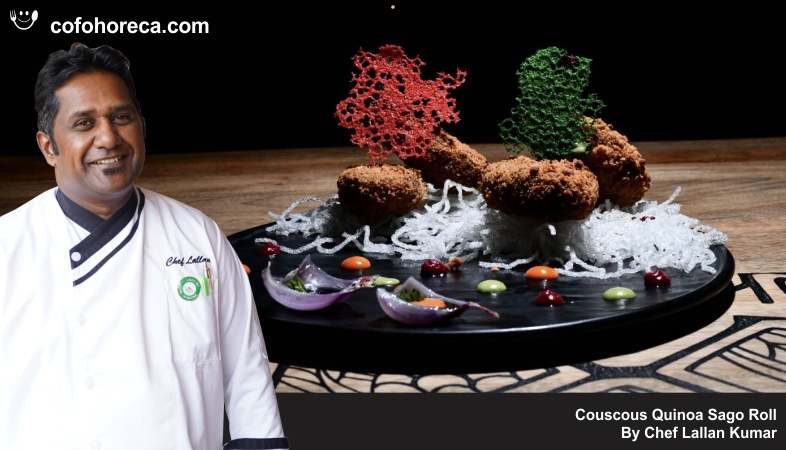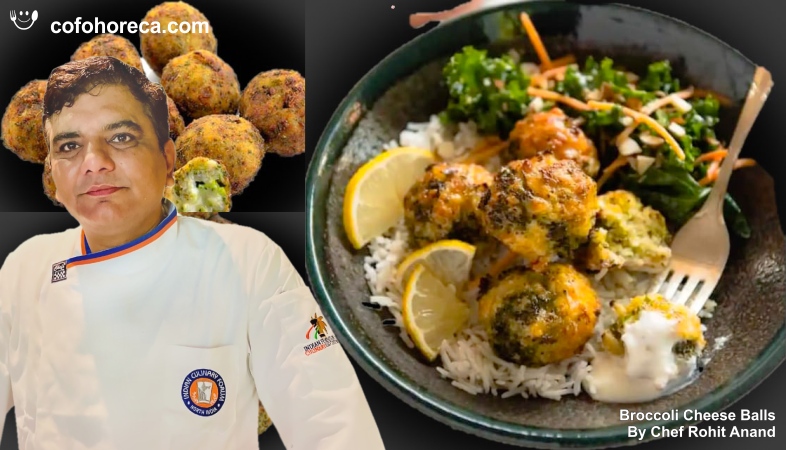Saffron: Bridging Ancient Elixirs to Modern Culinary Masterpieces
Saffron weaves a narrative that spans centuries, evolving from ancient elixirs and rituals to becoming an indispensable ingredient...

Saffron, the vibrant crimson threads harvested from the
Crocus sativus flower, carries a storied history that transcends its culinary
uses. Originating in Southwest Asia, this coveted spice has not only been an
integral part of ancient elixirs and rituals but continues to captivate modern
kitchens as a key player in culinary masterpieces.
In ancient civilizations, saffron was revered not just for its distinct flavor but also for its perceived medicinal and spiritual properties. Used in elixirs, teas, and perfumes, saffron held a mystique as a symbol of wealth and luxury. Its presence in religious ceremonies and ancient texts further emphasized its significance beyond the realm of mere spice.
Fast forward to the modern culinary landscape, and saffron remains a prized ingredient, albeit in a different context. Its distinct aroma, flavor, and rich golden hue contribute a unique character to a wide array of dishes. From traditional paellas in Spain to fragrant biryanis in South Asia, saffron's ability to impart a subtle yet complex taste makes it a staple in the kitchens of top chefs worldwide.
The labor-intensive harvesting process, where each flower yields only a few delicate threads, contributes to saffron's reputation as one of the world's most expensive spices by weight. However, its potency means that a little goes a long way, making it a cost-effective flavor enhancer in various cuisines.
The culinary applications of saffron are diverse, spanning both sweet and savory dishes. In Persian cuisine, saffron-infused rice dishes and desserts showcase its versatility. In Western cuisines, it lends its golden touch to creamy sauces and decadent pastries. The unique ability of saffron to mingle with both sweet and savory profiles positions it as a versatile and sought-after ingredient.
Beyond its culinary merits, saffron has garnered attention for potential health benefits. Rich in antioxidants, it is touted for its anti-inflammatory properties and its potential role in mood enhancement. Modern research continues to explore the medicinal aspects of saffron, aligning with its historical significance as more than just a culinary spice.
In conclusion, saffron weaves a narrative that spans centuries, evolving from ancient elixirs and rituals to becoming an indispensable ingredient in modern culinary masterpieces. Its journey is marked by a rich tapestry of cultural significance, culinary prowess, and potential health benefits. As saffron continues to grace kitchens worldwide, its enduring appeal lies in its ability to bridge the gap between the ancient and the contemporary, adding a touch of luxury and history to every dish it graces.
.png)




























